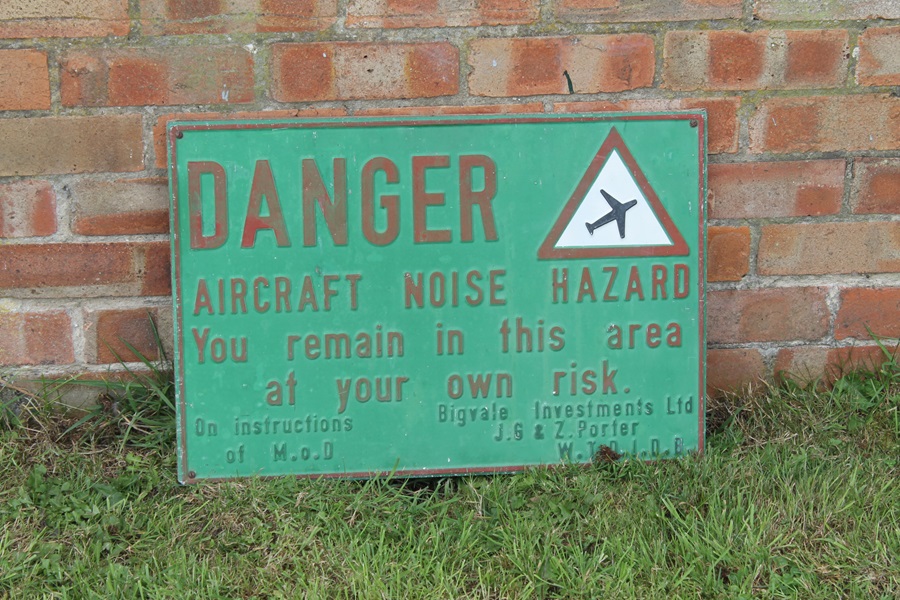- Humanities
- 30 de May de 2024
- No Comment
- 6 minutes read
Chaos and Chance: The Identity of Noise

Chaos and Chance: The Identity of Noise
Including noise in music still has an effect and carries a certain aesthetic power


Cesc Fortuny i Fabré
Addressing the concept of noise is inherently challenging due to its inevitable subjectivity. What some perceive as rage, annoyance, and aggression, others experience as ecstasy, psychedelia, and freedom. Noise is a particularly significant problem in large cities, negatively affecting both humans and other animals.
Despite this, over time, we have come to manage this noise by classifying it according to various parameters. For instance, we refer to occupational noise as that which is produced in work surroundings, while environmental noise is that which permeates the air, causes buildings to vibrate, and is generated outdoors for multiple reasons. These classifications have in common that they are accidents assimilated and used for artistic creation in just as John Cage used the desert wind as a random fuel to feed his sonic inventions.
Perhaps due to the adaptive capacity of our species, noise has been incorporated into the artist’s toolbox for decades, particularly by creators who defy conventions and traditional creative practices.
Just as these sound accidents lack a structure that would allow them to be assimilated as music—that is, they are chaotic, unpredictable, and devoid of rhythm, meter, and harmony—they also contain, for the trained ear, a visceral quality and an impact that early 20th-century artists sought to emulate for artistic purposes, revealing a strange and unusual sensitivity. In 1913, Luigi Russolo wrote his manifesto L’arte dei Rumori and constructed various devices specifically to produce noise. Though not widely known in his time, he managed to win the admiration of Milhaud, Varese, Stravinsky, and Ravel, among others who recognised his influence.
From the 1960s onwards, from Paul McCartney or Lou Reed to The Velvet Underground, Jimi Hendrix, and Pere Ubu, or even Tool and Nirvana among many others, most pop artists have incorporated noise as a creative tool to varying degrees.

However, it is the unclassifiable artists—those who have established their field of operations in rebellious and avant-garde bastardy, in that field of experimentation where they never end up looking for anything specific and where the search itself is the end rather than the means—who have most cultivated noise as an expression. The Japanese artist Masami Akita, known as Merzbow, a symbol of Japanoise, presented many of his performances in art galleries worldwide, dressed in rock aesthetics with long hair and dark sunglasses.
During the 1980s, the use of noise in musical composition became increasingly naturalised, evident in projects such as Big Black, Einstürzende Neubauten, SPK, or Throbbing Gristle. These artists were able to attract ever-larger audiences to their performances and concerts, many of which were held in former industrial buildings.
In the early 1990s, noise’s multifaceted and metamorphic nature led to the perception that a new genre had emerged, or at the very least that there were enough bands and projects aligned with this mode of creation to be grouped under the same umbrella, despite having nothing else in common. Certain ways of creating, performing, recording, distributing, and listening to sound began to be seen as identifying elements of noise music. Examples include Christian Marclay and DJ Olive in the turntable field, disturbing elements in electronic tracks by DJ Spooky, the eccentric performances of Masonna, the live mixing CD with loops and samplers by Philip Samartzis, and the aforementioned Throbbing Gristle and SPK, as well as Z’ev and The Haters. These projects demonstrate that if any genre has the right to call itself noise, it is defined by its chronology and the socio-cultural scenario in which it is chosen, composed, and heard.
It is tempting to think that speaking of noise as something exotic has lost all meaning, as today certain avant-garde artists and seasoned listeners can boast of having “intoxicated their ears” (in inverted commas) with sonic weeds of all hues. However, the difference between noise and more traditional musical sounds remains clear, particularly in the increasingly precise music production that serves an industry demanding economic results through standardisation and monotony. Noise is the sound once denounced as unmusical. Therefore, including noise in music still has an effect and carries a certain aesthetic power.
https://vanosonoro.com/la-teoria-del-noise/
https://culturacolectiva.com/entretenimiento/musica/guia-para-comprender-la-musica-noise/
Source: educational EVIDENCE
Rights: Creative Commons

